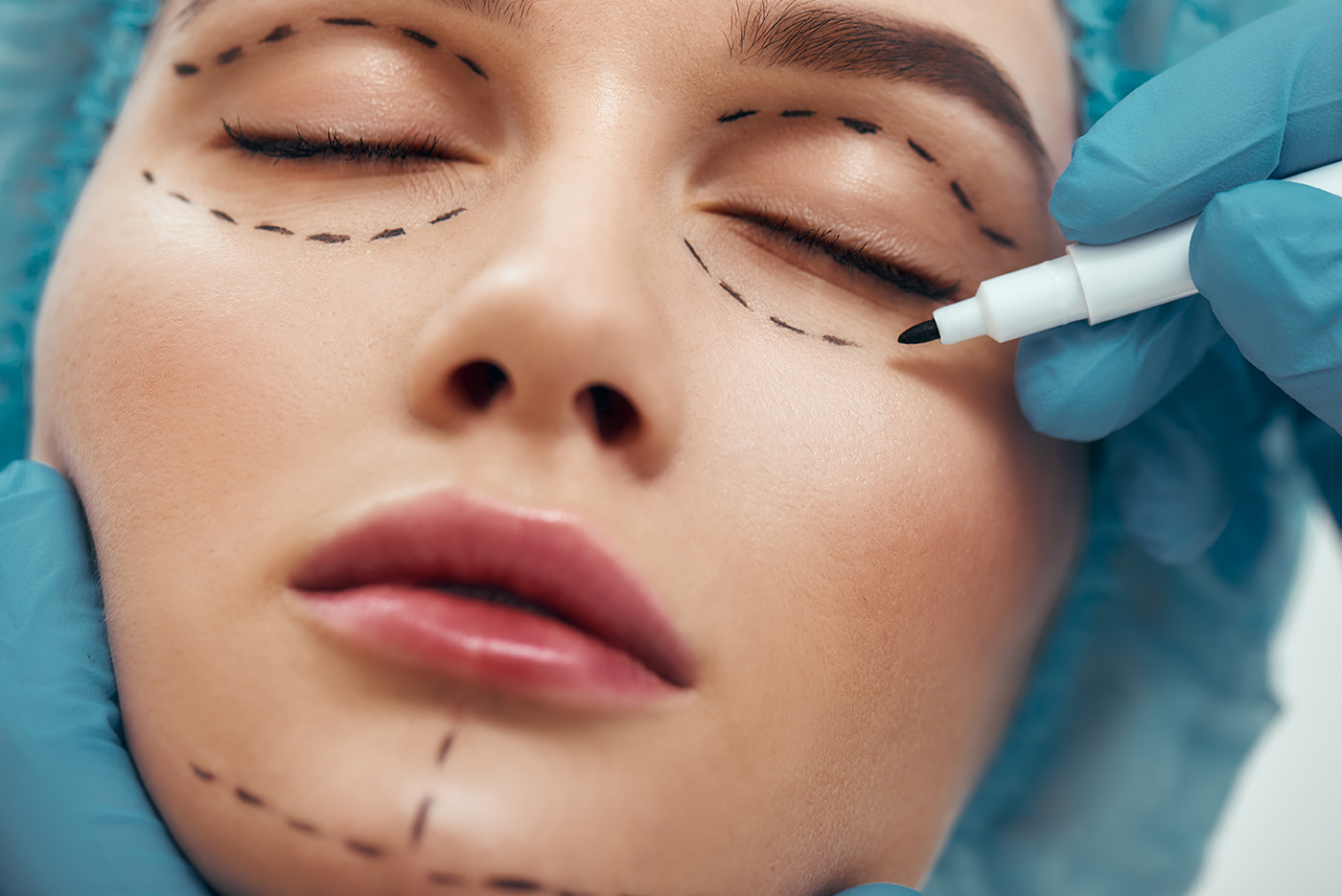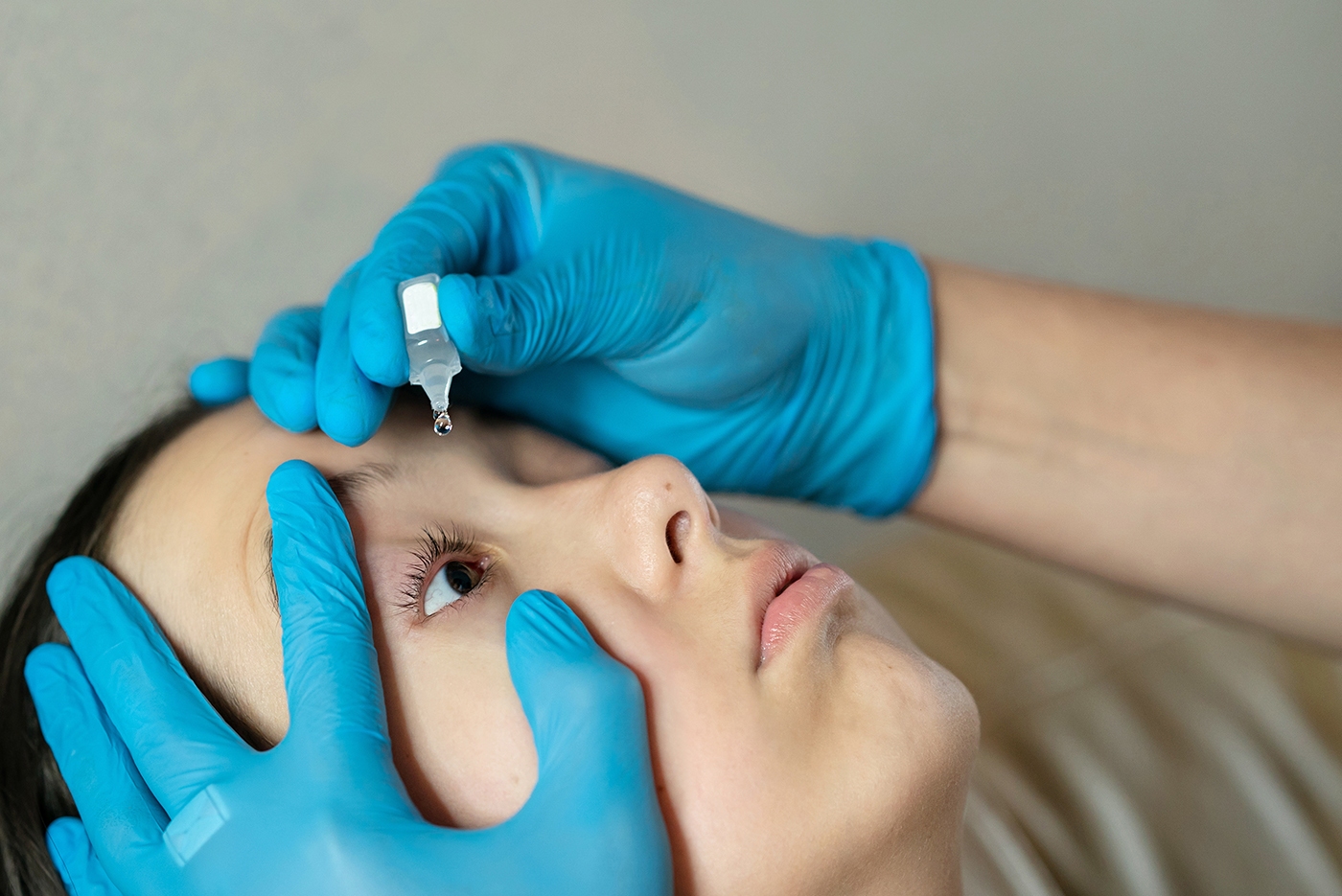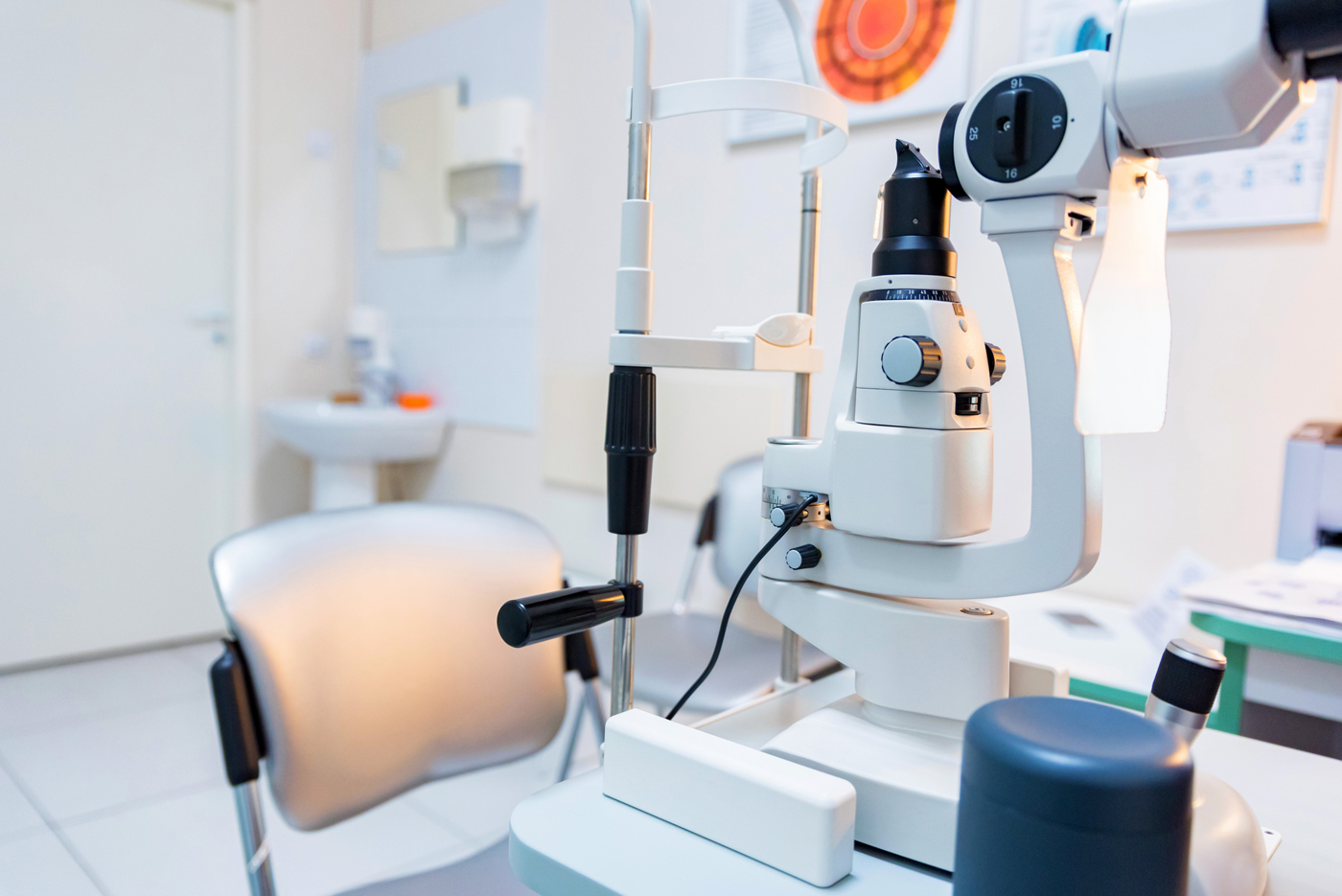Understanding The Basics Of Oculoplastic Surgery: A Guide For Patients
Oculoplastic Surgery is an important, specialised field of ophthalmology that focuses on diagnosing and treating a wide range of conditions related to the eyelids, orbits, facial nerves, and lacrimal system. It is important to seek out an experienced oculoplastic surgeon if you are experiencing pain or discomfort in the eye area due to trauma or birth defects such as ptosis (droopy eyelid) or obstructed tear ducts.
Oculoplastic surgery can reduce inflammation and restore functionality to the eyes, relieving symptoms and even improving vision in certain cases. Common surgeries performed by an oculoplastic specialist include vision correction procedures, eyelid repositioning, orbital reconstruction, ptosis repair, and brow lifts.
For those in need of specialized care for their eyes and surrounding facial structures, make sure to find a skilled oculoplastic surgeon who can take on your unique case with confidence. Read on to learn more about the procedure, and in case you are searching for an oculoplastic surgery hospital, please refer to the ending part of the article.
Content of The Article
- Conditions Treated Using Oculoplastic Surgery
- Is It Safe To Have Oculoplastic Surgery
- When To Seek The Help Of An Oculoplastic Surgeon?
- Find The Best Oculoplastic Surgery Hospital
Conditions Treated Using Oculoplastic Surgery
Oculoplastic surgery is an area of medicine that specialises in the care and treatment of issues involving the structures around the eye. The highly-trained specialists involved in this type of surgery can diagnose and treat a range of conditions, from simple cosmetic eyelid rejuvenations to complex skull base reconstructions. Popular treatments include removing tumors or cysts near the eyes, repairing droopy eyelids or upper brows known as ptosis, correcting facial asymmetry due to paralysis or trauma, and treating watery eyes caused by blocked tear ducts.
Oculoplastic surgeons are also experienced in reconstructive treatments following illness such as ocular cancer. Through their knowledge and expertise, oculoplastic specialists can greatly improve each patient’s overall appearance, comfort and well-being – giving them peace of mind through effective treatment of their condition.
Is It Safe To Have Oculoplastic Surgery?
Oculoplastic surgery can be a safe and life-changing way to improve your vision and bring out the best in your appearance. However, it is important to take certain precautions before undergoing the procedure. Before having oculoplastic surgery, it is essential to select a qualified surgeon with experience in performing this type of procedure as well as knowledge of relevant safety protocols.
You should also never start any medication or herb without consulting a doctor first, and make sure you fully understand all of the risks associated with the procedure. Additionally, if you are pregnant or breastfeeding, inform your doctor so that he/she can adjust the dosage properly or advise against taking part. Finally, adhere to all preoperative instructions that your doctor provides in order to ensure a safe and successful result from your oculoplastic surgery.
When To Seek The Help Of An Oculoplastic Surgeon?
When you experience chronic dryness, redness and inflammation in your eyes, or deal with vision problems resulting from allergies or infection, it may be time to seek the help of an oculoplastic surgeon. Oculoplastic surgeons specialise in treating the eyelids, orbit (the area around the eyes), and tear ducts. They can offer reconstructive surgery to correct deformities, improve vision by restoring eyelid position, remove tumors and lumps near the eyes, treat blocked tear ducts, repair stretched-out eye muscles that cause double vision, and more. Additionally, they offer treatments such as Botox injections and cosmetic enhancements such as blepharoplasties. Although getting therapy from an oculoplastic surgeon can be daunting if you are not used to it, their skill set makes this specialist very well-suited for identifying and treating complex diseases affecting your eyes and face.
Find The Best Oculoplastic Surgery Hospital
If you are searching for one of the best oculoplastic surgery hospitals, you can visit Noble Eye Care. It is a super specialty eye care centre founded and run by AIIMS Alumni. The mission of the centre is to provide eye care par excellence in an ethical and compassionate manner.
Read also – Neuro-Ophthalmology: An Introduction To The Eye-Brain Connection





Recent Comments